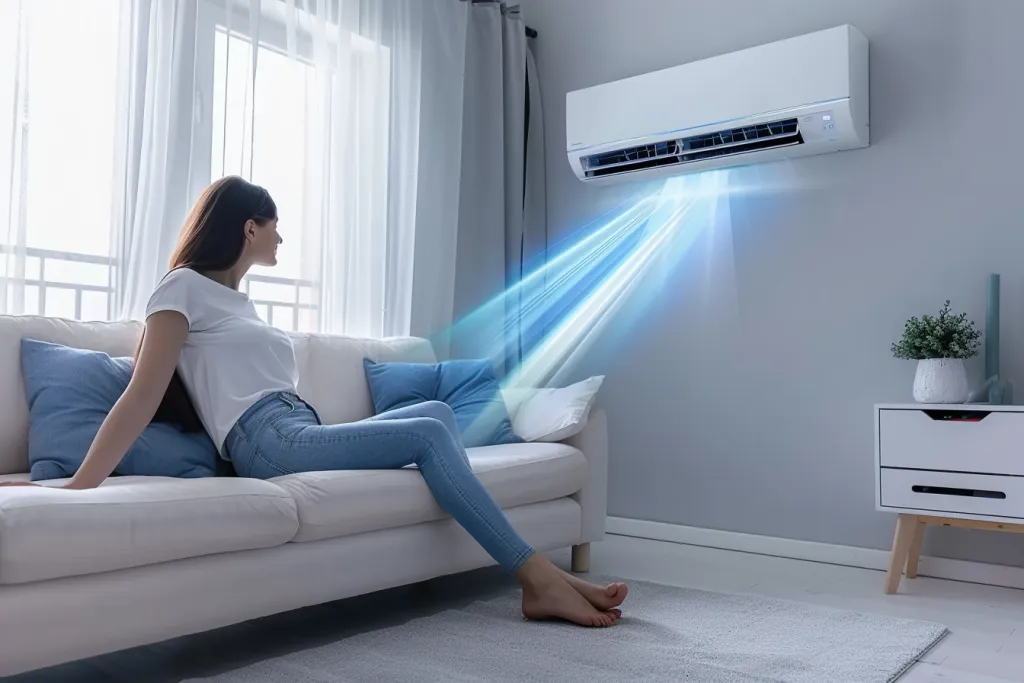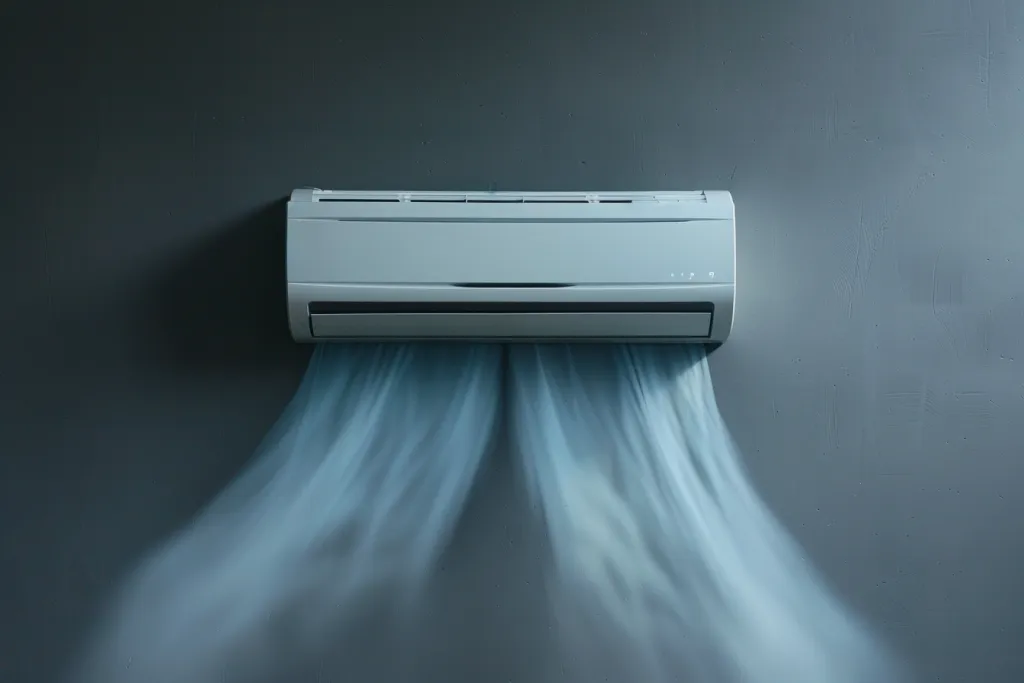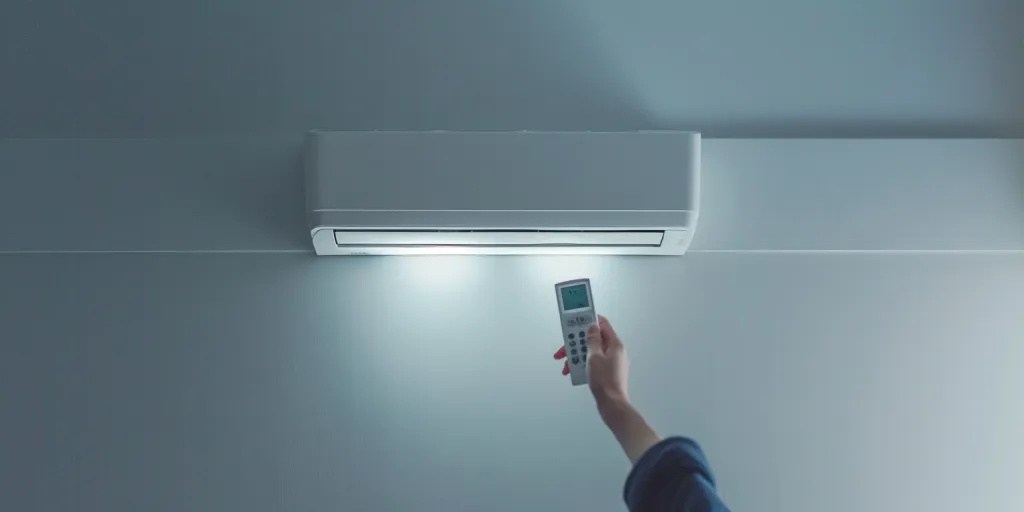As global temperatures rise, air conditioners have transitioned from luxury to necessity. This article delves deep into the mechanics, usage, and economics of air conditioners, providing a detailed guide for anyone looking to understand or purchase an AC unit. From how they work to top recommendations, we’ve got you covered.
Table of Contents:
1. What is an air conditioner?
2. How do air conditioners work?
3. How to use air conditioners
4. How much does an air conditioner cost?
5. Top air conditioners
What is an air conditioner?

An air conditioner is a system designed to cool down an indoor environment by removing heat and humidity from the interior air and releasing it outside. The primary components of an air conditioner include a compressor, condenser coil, evaporator coil, and refrigerant. These components work together to transfer heat from the inside to the outside, thereby cooling the interior space. Air conditioners not only lower temperatures but also improve air quality by filtering out pollutants and maintaining optimal humidity levels.
The evolution of air conditioning technology has led to a variety of types available on the market, including window units, split systems, central air conditioning, and portable units. Each type serves different needs, from cooling a single room to providing centralized cooling for an entire building. The choice of an air conditioner depends on several factors, including the size of the space to be cooled, installation possibilities, and budget.
How do air conditioners work?

The science behind air conditioners is based on the principles of thermodynamics, specifically the refrigeration cycle. The process begins with the refrigerant, a substance capable of changing from gas to liquid and back again at relatively low temperatures. The cycle starts when the refrigerant absorbs heat from the indoor air and turns into a gas in the evaporator coil. The compressor then increases the pressure and temperature of this gas, and it moves to the condenser coil, where it releases the absorbed heat to the outside air and turns back into a liquid. This cycle repeats, continually transferring heat from inside to outside.
The efficiency of an air conditioner is often measured by the Seasonal Energy Efficiency Ratio (SEER), which calculates the cooling output over a typical cooling season divided by the total electric energy input. Modern air conditioners have SEER ratings ranging from 13 to 22, with higher numbers indicating greater efficiency and lower operational costs. Innovations in technology, such as variable speed compressors and smart thermostat integration, have further improved the efficiency and convenience of using air conditioners.
How to use air conditioners

To maximize the efficiency and lifespan of an air conditioner, proper use and maintenance are crucial. Setting the thermostat to a comfortable but not excessively low temperature can significantly reduce energy consumption. For example, setting the thermostat to 78°F (26°C) when at home and higher when away can lead to substantial savings on energy bills. Additionally, using ceiling fans in conjunction with the air conditioner can distribute cooled air more effectively, allowing for higher thermostat settings without sacrificing comfort.
Regular maintenance, including cleaning or replacing filters, checking the refrigerant level, and ensuring that the evaporator and condenser coils are clean, can prevent performance issues and extend the unit’s lifespan. Many air conditioners also come with programmable or smart thermostats that can automate temperature settings based on time of day or occupancy, further optimizing energy use and reducing costs.
How much does an air conditioner cost?

The cost of an air conditioner varies widely based on the type, size, brand, and efficiency rating. A basic window unit can start as low as $150, while a high-efficiency central air conditioning system may cost $3,000 or more, not including installation. The price of split systems falls somewhere in between, with most units ranging from $600 to $2,000. Installation costs can also vary, with central air conditioning systems requiring professional installation that can add several thousand dollars to the total cost.
Operating costs are another important consideration. More efficient units with higher SEER ratings may have a higher initial price but can lead to significant savings on energy bills over time. Additionally, local climate, electricity rates, and the size and insulation of the home all affect the overall cost of running an air conditioner.
Top air conditioners

When it comes to selecting the best air conditioner, several models stand out for their efficiency, reliability, and value. For window units, the LG LW8016ER offers an excellent balance of cooling capacity and energy efficiency. In the realm of split systems, the Mitsubishi Electric MUZ-FH series is renowned for its quiet operation and high SEER ratings. For those needing central air conditioning, the Carrier Infinity 21 24ANB1 boasts top-of-the-line efficiency and smart home compatibility.
It’s important to consider personal needs, such as the size of the space to be cooled, noise level preferences, and smart features when choosing an air conditioner. Consulting with a professional can also help identify the most suitable type and model for your specific situation.
Conclusion: Air conditioners are complex systems that play a crucial role in maintaining comfort and air quality in our homes and workplaces. Understanding how they work, how to use them efficiently, and what costs are involved can help consumers make informed decisions when purchasing and operating an AC unit. With the right air conditioner and proper maintenance, you can enjoy a cool, comfortable environment while minimizing energy consumption and costs.




